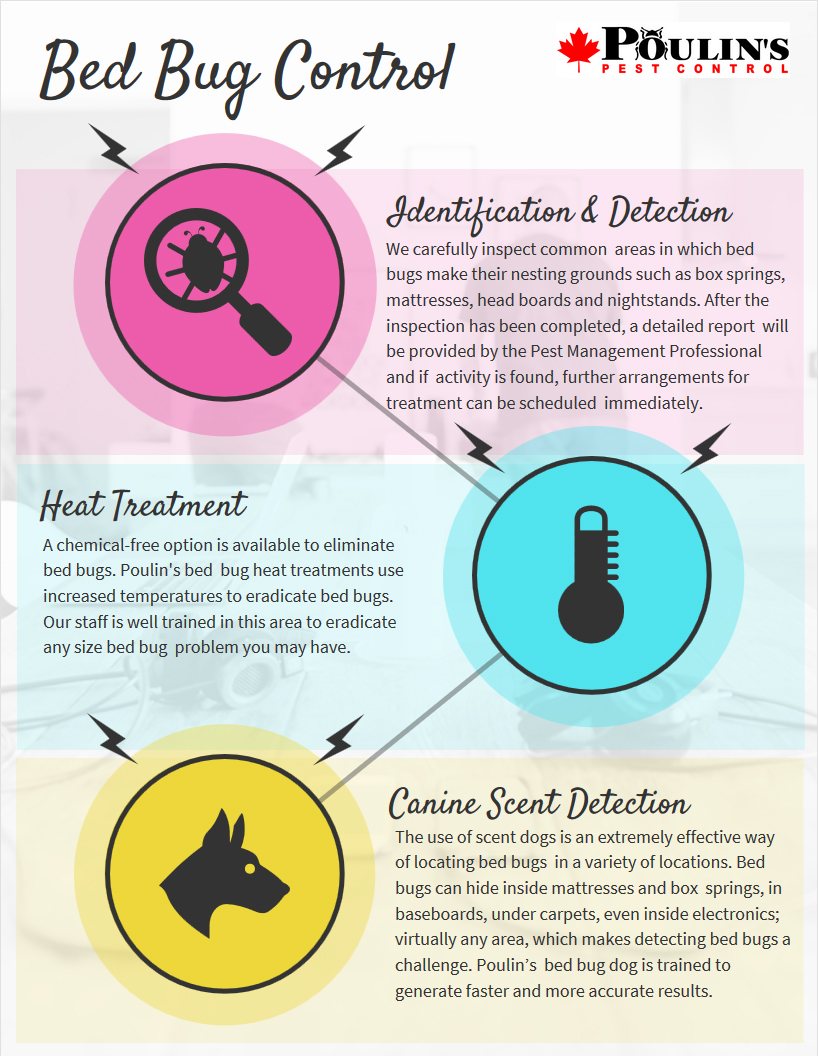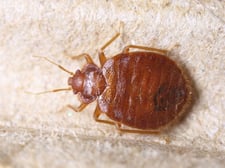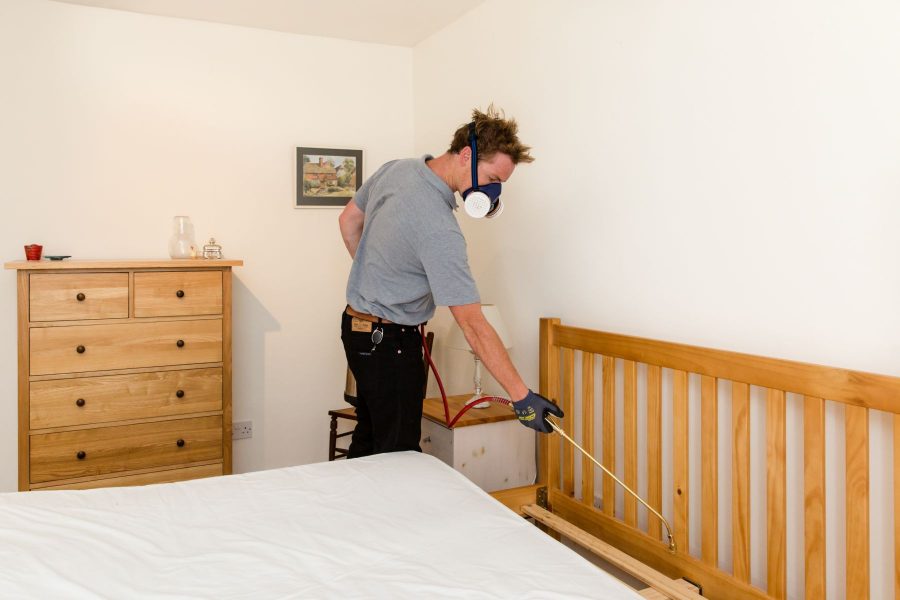Professional Kings Pest Control Cincinnati: Your Trusted Exterminators
Professional Kings Pest Control Cincinnati: Your Trusted Exterminators
Blog Article
Kinds of Bug Control: Which Method Is Right for Your Invasion?
When confronted with a bug infestation, the choice of an ideal technique for parasite control is vital in efficiently taking care of the situation. From chemical treatments to organic solutions, there exists a series of techniques that can be utilized to address different kinds of pests. Each technique features its own set of considerations and benefits, making the decision-making procedure a nuanced one. Understanding the nuances of each technique and evaluating their compatibility with the particular parasite problem at hand is necessary for attaining long-term success in insect administration. By discovering the various types of insect control techniques readily available, people can make informed decisions customized to their one-of-a-kind circumstances, guaranteeing a much more lasting and reliable end result in parasite eradication.
Chemical Parasite Control
Chemical bug control includes the use of synthetic or normally obtained chemicals to handle and eliminate pest populations properly. This technique is frequently utilized in farming, forestry, and property settings to combat a large range of insects, including insects, weeds, and rats. Using chemical pesticides can provide fast and targeted options to pest infestations, making it a preferred option for numerous people and companies.
One of the crucial advantages of chemical parasite control is its capability to swiftly get rid of insects, lowering the danger of damages to crops, residential property, and human health. By utilizing particular chemicals that target certain insects, this approach can efficiently regulate invasions while decreasing damage to beneficial organisms and the setting when applied properly.
However, making use of chemical parasite control also increases problems about possible adverse impacts on non-target varieties, water resources, and human health. It is critical to follow security guidelines, apply chemicals properly, and think about alternate pest control methods to decrease these threats and make certain lasting insect monitoring practices.
Biological Insect Control
Organic insect control, also known as biocontrol, makes use of living microorganisms to handle and decrease bug populations naturally. By making use of the parasite's natural predators or virus, organic insect control offers a eco pleasant and sustainable solution to pest monitoring.

Mechanical Parasite Control
Utilizing hand-operated and physical approaches to manage insect populations, mechanical bug control supplies an alternative method that does not depend on the usage of living microorganisms or synthetic chemicals. This method involves the use of barriers, traps, or various other devices to physically discourage or get rid of bugs. By obstructing parasite access factors or establishing catches to capture them, mechanical pest control can effectively decrease invasions without introducing chemicals into the atmosphere.
One common example of mechanical insect control is using mesh screens on doors and windows to prevent insects from entering structures. This straightforward yet reliable approach works as a physical obstacle, maintaining bugs out while permitting appropriate ventilation. Additionally, devices like mousetraps, fly swatters, and ultrasonic repellents drop under the mechanical parasite control group.
While mechanical bug control techniques can be labor-intensive and need routine tracking and maintenance, they provide a sustainable and eco-friendly remedy for managing parasite problems. By integrating different mechanical methods, property owners can develop a comprehensive bug control approach that reduces reliance on chemical pesticides.
Physical Bug Control

Some usual physical parasite control methods include the use of barriers such as webs or displays to prevent pest entry, traps to record and remove pests, and hand-picking to physically remove insects from plants or structures. Furthermore, insect pest control methods like warm therapies can be utilized to manage bugs like bed pests by elevating the temperature level to degrees that are deadly to the bugs.
Physical bug control is especially beneficial in incorporated bug administration (IPM) methods, where several bug control techniques are integrated for efficient insect management while reducing making use of chemicals. By utilizing physical pest control strategies, people can successfully attend to insect infestations with minimal ecological influence.
Integrated Bug Administration
When implementing physical pest control approaches as component of insect management approaches, Integrated Bug Administration (IPM) emerges as a thorough technique that leverages different techniques to properly manage pest populations. IPM concentrates on long-lasting prevention of parasites with a mix of biological, cultural, physical, and chemical tools customized to details bug issues. By incorporating several control tactics, IPM intends to reduce the threats connected with pests while additionally decreasing dependence on chemical options.
One key straight from the source element of IPM is the emphasis on tracking and assessing pest populaces to determine one of the most appropriate control approaches. This proactive technique permits very early treatment and targeted techniques, leading to a lot more reliable insect monitoring. Additionally, IPM advertises environmentally friendly techniques by focusing on non-chemical control techniques and just making use of pesticides as a last resource.
Conclusion

By using the parasite's natural killers or microorganisms, organic insect control offers a sustainable and ecologically friendly option to pest management. - Kings pest control Cincinnati Ohio
Making use of physical and hands-on methods to handle pest populations, mechanical parasite control provides an alternate approach that does not depend on the usage of living microorganisms or synthetic chemicals.An efficient strategy to managing bug populations without depending on chemical or biological methods involves the use of physical bug control methods.When carrying out physical bug control approaches as part of insect administration approaches, Integrated Insect Monitoring (IPM) arises as a comprehensive method that leverages numerous strategies to effectively control pest populations. Chemical bug control entails the usage of chemicals, biological pest control utilizes natural predators, mechanical bug control includes physical obstacles, physical parasite control consists of capturing or getting rid of pests, and integrated pest management combines multiple methods for a holistic method to pest control.
Report this page